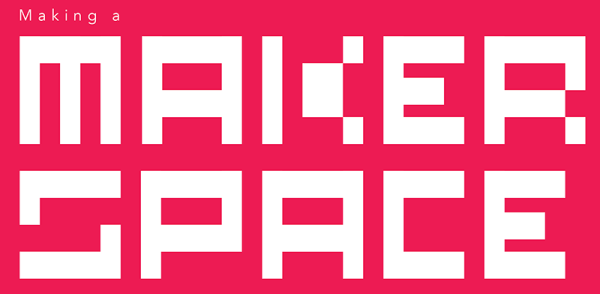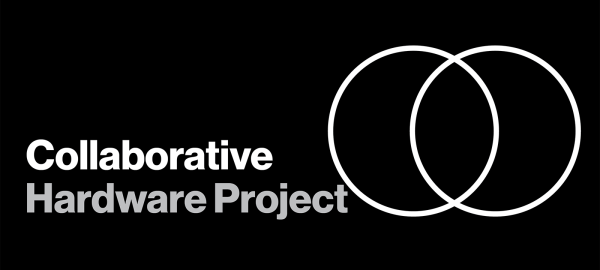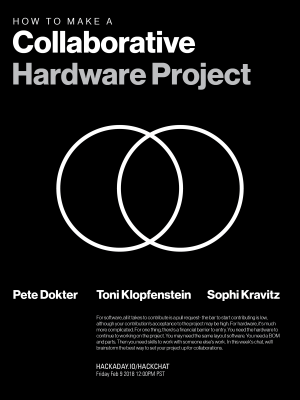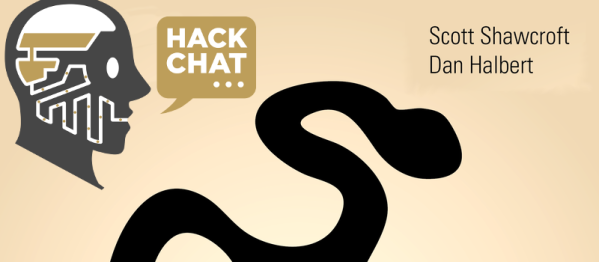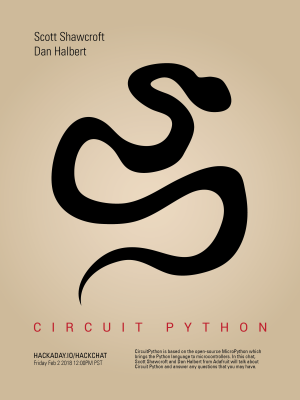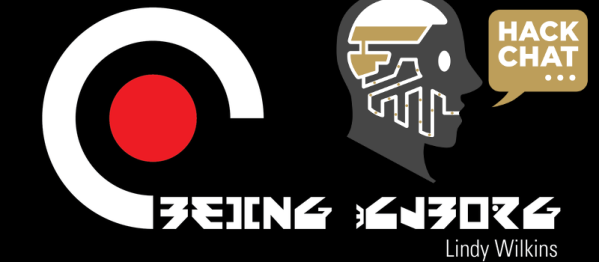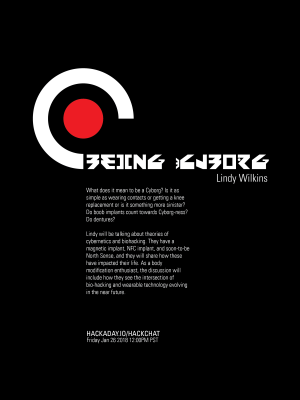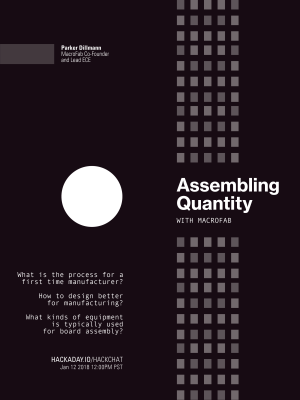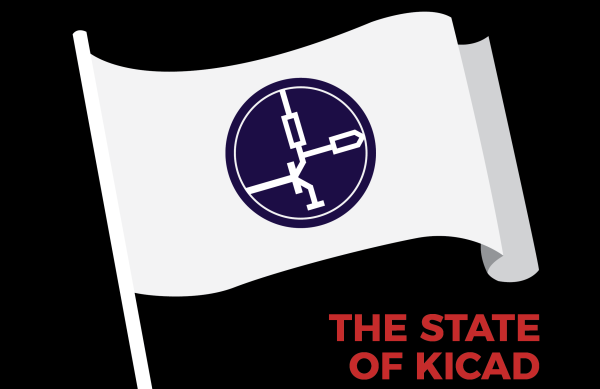How do you make a makerspace? Over the last decade, there have been plenty of talks and tutorials handing out pointers. No day of the week will be good for a meeting, so the meetings are always on Tuesdays. The bike shed will be painted orange, no exceptions. Are you going to be a for-profit, or not-for-profit? Are we a makerspace or a hackerspace? Jerry, stop being clever. Pantone 021 U.
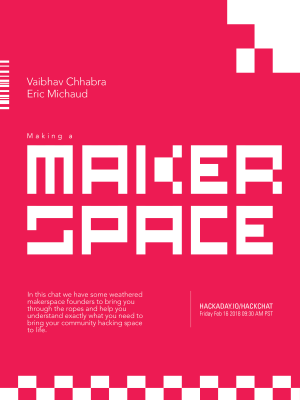 For this week’s Hack chat, we’re going to be talking all about making a makerspace. These are community hubs where people come together and share resources to bring their inventions to life. It’s not as simple as it may seem. You need insurance, you need a building, you need a landlord who’s cool, and there are a thousand and one things that can go wrong. Who best to steer you through the storm of opening a Hackerspace? Who can you solicit advice from?
For this week’s Hack chat, we’re going to be talking all about making a makerspace. These are community hubs where people come together and share resources to bring their inventions to life. It’s not as simple as it may seem. You need insurance, you need a building, you need a landlord who’s cool, and there are a thousand and one things that can go wrong. Who best to steer you through the storm of opening a Hackerspace? Who can you solicit advice from?
Our guests for this week’s Hack Chat are Vaibhav Chhabra, a mech E from Boston University. He spent two years working on an eye diagnostic device, is an instructor at MIT REDX health care innovation lab, and is a founder of the incredible Makers Asylum. Eric Michaud is a Hacker, runner, and author, currently working on Rift Recon, Shellcon, and hackerspaces.org. He has written tutorials on Adafruit, and was a founding member of HacDC before he took off to Chicago and started PS:One.
Topics for this week’s Hack Chat include what it takes to open a makerspace, how you can fund it, organizational structure concerning for-profit, not-for-profit, and the thing that the members are most concerned about: what equipment is most crucial for a successful makerspace. You are, of course, encouraged to add your own questions to the Hack Chat; to do that, just leave a comment on the Hack Chat event page.
Our Hack Chats are live community events on the Hackaday.io Hack Chat group messaging. This Hack Chat is going down Friday, February 16th at 09:30am Pacific time. This is different than our usual time slot. Want to know what time this is happening in your neck of the woods? Here, look at the neat time zone converter thingy
Click that speech bubble to the right, and you’ll be taken directly to the Hack Chat group on Hackaday.io.
You don’t have to wait until Friday; join whenever you want and you can see what the community is talking about.

